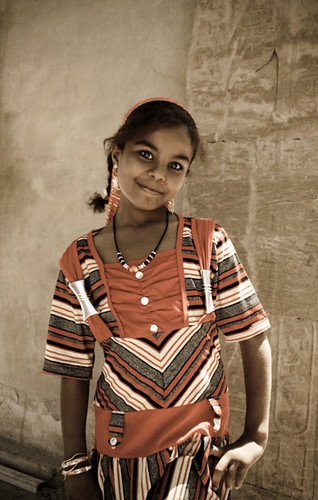.
.
.
2% BELOW POVERTY LINE IN EGYPT. by aangirfan.com

Most of the media has lied about Mubarak.
So, God bless the Kansas City Star for giving us the truth!
On 11 February 2011, an article at the Kansas City Star, by top economist Keith Marsden (Egypt Inc. -- a look at the numbers), told us the following:
1. The protestors claimed that '40% of Egyptians' live below the poverty line.
The truth is that less than 2% of Egyptians live below the poverty line.
Compare that with 41.6% in India.
(The 'poverty line' is that which is recognised internationally)
2. The share in wealth of the poorest section of society has been increasing in Egypt.
Total household consumption expenditure per capita (in constant prices) rose by 2.2% annually in Egypt from 2000-08.

Egypt by andrew_mc_d
3. Higher incomes, improved nutrition and better health services have helped to raise the average life expectancy at birth in Egypt to 70 years in 2008.
4. The under-five child mortality rate (per 1000) dropped to 25 in Egypt in 2008, from 53 in 1990.
Compare that with 89 in Pakistan, 69 in India, and 67 in South Africa.
5. The maternal mortality ratio (per 100,000 live births) was estimated to be 130 in Egypt in 2005, compared with 1,000 in Nigeria.
Egypt spent 6.3% of its GDP on health services in 2007 (Pakistan 2.7%).

Egyptians by Amr O
6. The net enrollment rate for primary education rose to 94% in Egypt in 2008 (Pakistan 66%).
7. The World Bank reports an enrollment rate at the tertiary level (university and college) in Egypt of 35% in 2007 (South Africa 15%, India 12%, Pakistan 5%).
8. The most recent World Bank data show an economy-wide unemployment rate of 8.7% of the Egyptian labor force. (South Africa 22.9%).

Egyptian by matteo.maretto
9. Mubarak's Egypt boosted investment. Egypt’s 'gross capital formation' soared by 7.4% annually from 2000-2008 (Israel 2.3%).
An improved business environment, including a low corporate tax rate of 20% stimulated foreign direct (private) investment.
Egypt’s Inflows rose to 9.5 billion dollars in 2008 from 0.6 billion dollars in 1995.
Egypt’s stock market capitalization was valued at 91 billion dollars in 2009, a more than threefold increase from the year 2000.
10. Egypt’s merchandise exports increased more than seven fold from 1990 to 2007.
Inbound tourists spent 12.1 billion dollars in Egypt in 2008. The benefits were widely spread among the Egyptian people in the form of more jobs and higher incomes.

Egypt by [JO]² - Immortal Lens -( Youssef Hanna )
11. Egypt gets relatively little in foreign aid.
The net inflow of foreign official development assistance (ODA) to Egypt has fallen from 1.3% of Egypt’s Gross National Income in the year 2000 to 0.8% in 2008.
Egypt has been getting nothing from bodies such as the IMF and World bank.
(The total net official financial flows to Egypt from bilateral sources, the international financial institutions (such as the IMF and World Bank) and the United Nations have turned negative.
Repayments of principal exceed disbursements. Egypt’s net outflows to bilateral sources reached 960 million dollars in 2008, topping its 118 million net inflows from multilateral sources.)
12. Egypt’s total military expenditure amounted to 2.3% of GDP in 2008, down from 3.2% in 2000.( Israel 8.0%)........USA, real security expenditure is about 10% of GDP, with the federal government spending 54% of its budget in a variety of ways on security.
Keith Marsden has worked as an economist for the UN, the World Bank and the private sector in over 60 countries, including two years in Egypt.

The planning of the coup against Mubarak began in 2008.